CHOOSING THE RIGHT ATHLETIC SHOES TO AVOID INJURY
by Pt. Naufal, MSK Physiotherapist

Wearing the right athletic shoes is crucial for preventing injuries. Athletic shoes serve a different purpose than casual. Although composition varies by activity or sports. All athletic shoes tend to include more grip on the outsole, a midsole with cushioning and impact absorption, support, and fit to move. The goal is to give the runner or player a shoe that aligns with the activity motion that doesn’t negatively impact their performance or contribute to injury.
Support
Shoes should provide stability during lateral movements (Fig. 2), especially for activities with quick changes of direction. The first part of the shoe to be considered is the heel counter, the upper rear part of the shoe. The heel counter should be made of rigid firm plastic (Fig. 1) to assist in rear foot stability.

Fig.1

Fig. 2: 60% Initial ground contact is at the lateral foot
Cushioning
A well-cushioned midsole absorbs shock from impacts, reducing stress on joints. Midsoles are usually made of EVA (Ethyl Vinyl Acetate) (Fig. 3) which is light and a good shock absorber. The most important feature of the midsole is its density (durometer). It should be appropriately firm or soft depending on the mechanics and weight of individuals (Fig. 4). Midsoles that are too soft permit excessive mobility.
Runners requiring control of excessive motion should use a midsole of dual density that is harder on the medial aspect of the foot (Fig. 5). Midsoles that are flared promote rapid and excessive pronation of the foot and should be avoided (Fig. 6).

Fig. 3

Fig.4

Fig.5: The medial side of the midsole is harder than the lateral side promote stability

Supinated Neutral Pronated
Fig.6
Flexibility
The shoes should allow for natural foot movement while maintaining overall support. Forefoot flexibility must be adequate to allow easy motion of the foot flexing at toe-off (Fig. 7). With a rigid sole, the calf muscle may need to perform extra work in order to plantarflex the foot during propulsion (Fig. 8). A shoe with a lack of flexibility in the forefoot may help the individual with metatarsalgia.

Fig.7: Characteristics of a running shoe forefoot flexibility

Fig.8: Second class lever in toe-off
Fit
A snug, secure fit is essential to prevent excessive foot movement within the shoe (Fig. 9). This can help prevent blisters or other injuries.

Fig.9: Optimal Shoe fitting for blisters prevention
Traction
The outsole should be designed to grip the surface securely to prevent slip and falls (Fig. 10).

Fig.10: The left shoe is straight while the right is curved
Signs of Poorly Fitting Athletic Shoes
Your athletic shoes are not appropriately suited to your activity if you notice any of the following:
- Bruised Toes: If the toe box is too tight it can place more pressure directly on the toes.
- Blisters: Although your socks may be to blame, blisters can emerge when the shoe repeatedly rubs against your foot during an activity. This can occur when the shoe is too loose, too tight, or not suited to appropriate motion.
- Plantar Fasciitis: Generally, this condition emerges as a stabbing pain in the heel after resulting from repeatedly slamming your feet against the ground. Athletes start to experience this sensation when their shoes do not provide the right level of support.
- Stress Fracture or Strain: A combination of poor form along with shoes that no longer provide sufficient shock absorption can lead to joint inflammation and stress fracture and sprain.
- Tendonitis: When an athletic shoe does not provide the correct or enough support, tendons around the outer edge of the foot or the ankle can become inflamed.
If you have been experiencing foot and ankle pain, poorly fitting athletic shoes could be the reason. To relieve your discomfort, learn proper form and how to prevent future injuries. Meet the Physical Therapist at Spartan Fitness Recovery Centre.
